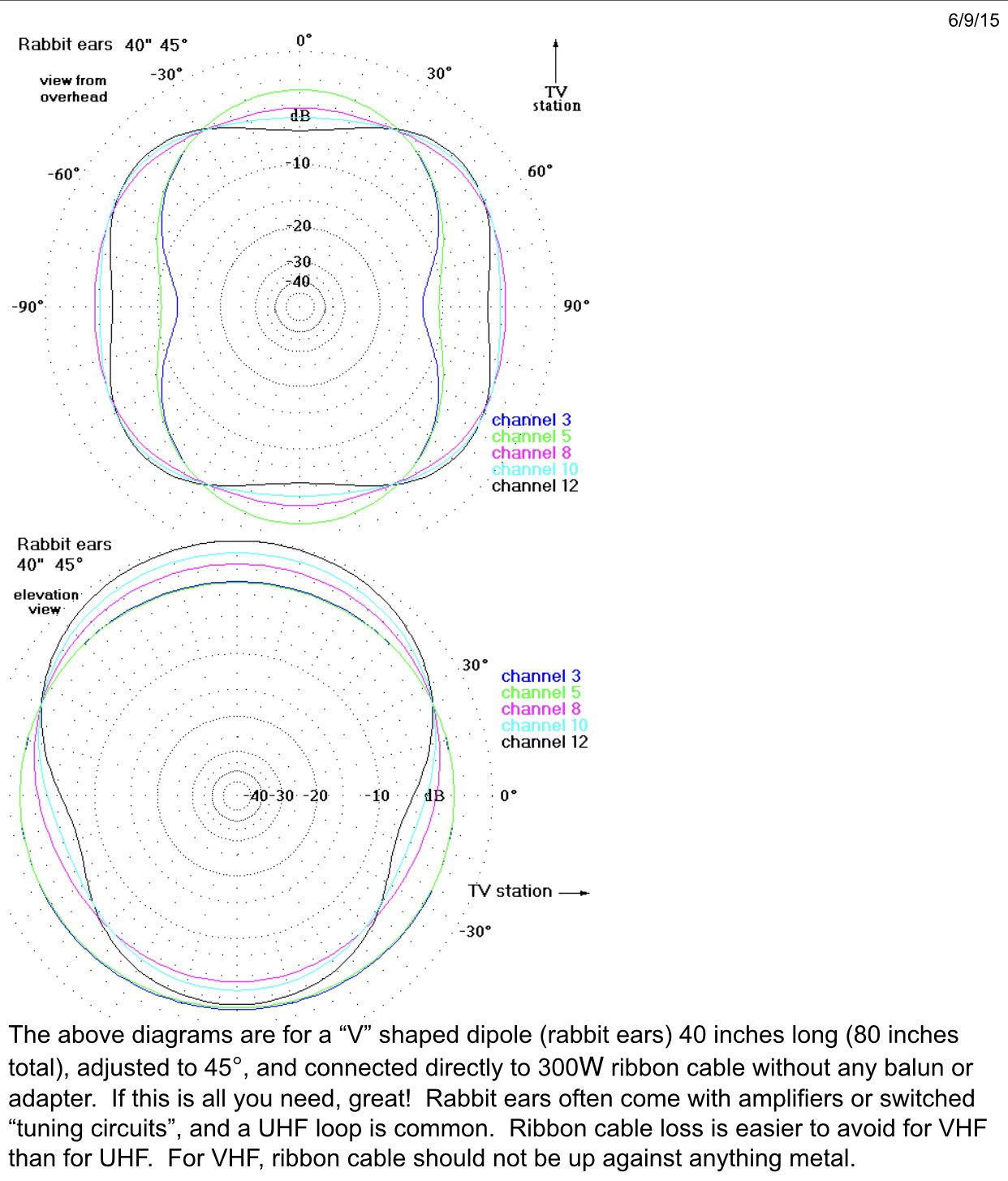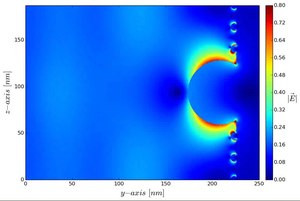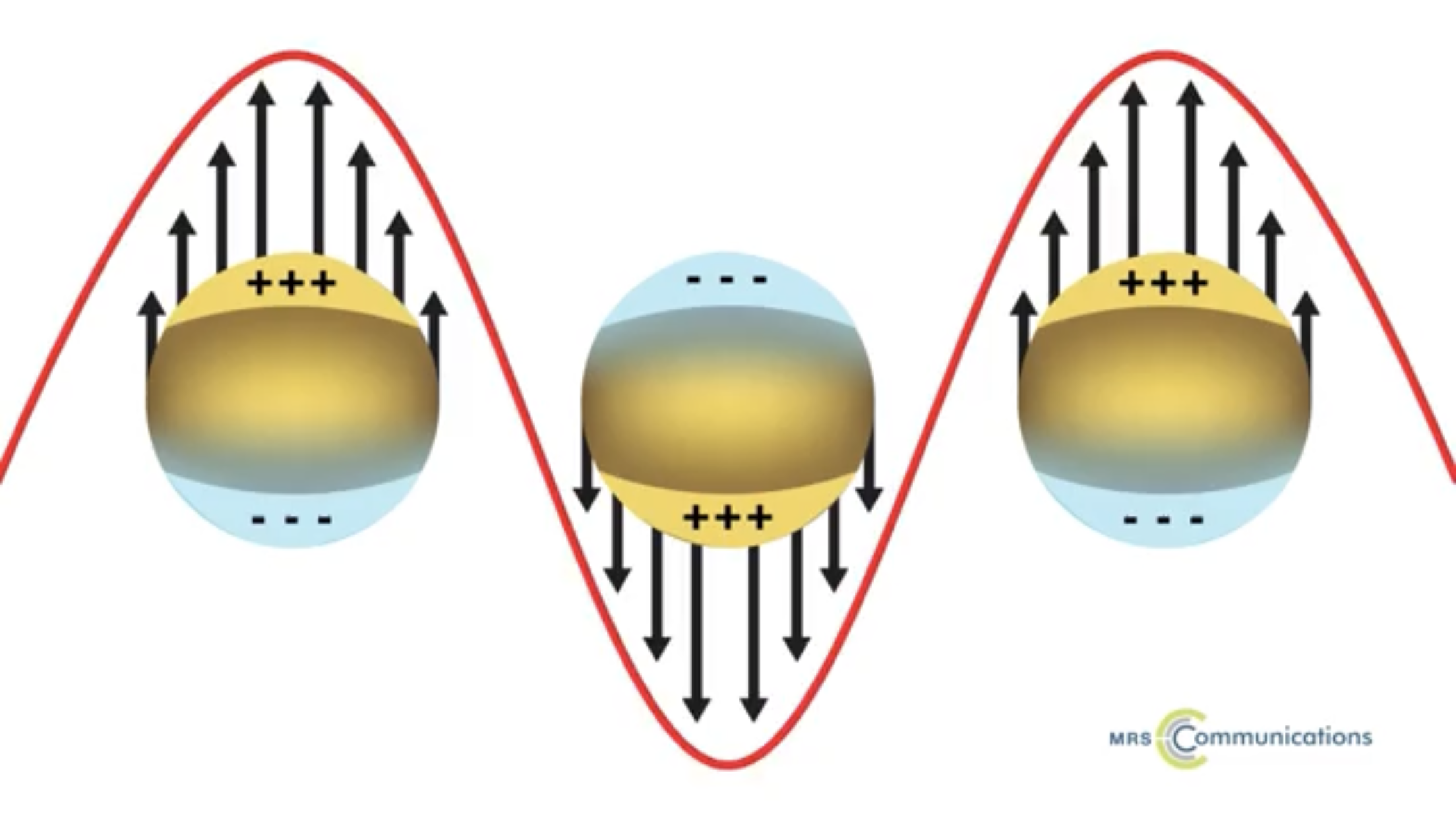The Mac
@TheMac
14 April, 07:09
Notice: Undefined index: tg1tga_access in /home/admin/www/anonup.com/themes/default/apps/timeline/post.phtml on line 396
SFWhite GodWins
@SFWhite
14 April, 07:56
In response The Mac to his Publication
"Quantum tunneling" really? Using Cesium (c300+) or is something else as good as Cesium? Trying to contact the past? Contraption to accomplish would be awe-inspiring! Is that what they did with White Rabbit? Present to Past?
Notice: Undefined index: tg1tga_access in /home/admin/www/anonup.com/themes/default/apps/timeline/post.phtml on line 396
The Mac
@TheMac
14 April, 05:25
In response SFWhite GodWins to her Publication
Notice: Undefined index: tg1tga_access in /home/admin/www/anonup.com/themes/default/apps/timeline/post.phtml on line 396
The Mac
@TheMac
14 April, 05:26
In response The Mac to his Publication
🤘🏻
Notice: Undefined index: tg1tga_access in /home/admin/www/anonup.com/themes/default/apps/timeline/post.phtml on line 396
SFWhite GodWins
@SFWhite
14 April, 10:37
In response The Mac to his Publication
Just see 2 little rectangles, what do they represent?
Could you tell me, since I'm not picking it up apparently, did they achieve coherence? 300+ at coherence, what might that do?
Could you tell me, since I'm not picking it up apparently, did they achieve coherence? 300+ at coherence, what might that do?
Notice: Undefined index: tg1tga_access in /home/admin/www/anonup.com/themes/default/apps/timeline/post.phtml on line 396
The Mac
@TheMac
15 April, 04:22
In response SFWhite GodWins to her Publication
In physics, two wave sources are perfectly coherent if their frequency and waveform are identical and their phase difference is constant. Coherence is an ideal property of waves that enables stationary (i.e. temporally and spatially constant) interference.
by Y Arita · 2020 · Cited by 7 — ... the generation of highly coherent, stable, periodic motion. We may draw a parallel with the case for a levitated nanorotor torque sensor (14, 15 ).
by Y Arita · 2020 · Cited by 7 — ... the generation of highly coherent, stable, periodic motion. We may draw a parallel with the case for a levitated nanorotor torque sensor (14, 15 ).
Notice: Undefined index: tg1tga_access in /home/admin/www/anonup.com/themes/default/apps/timeline/post.phtml on line 396
The Mac
@TheMac
15 April, 04:24
In response The Mac to his Publication
Optical levitation is a technique in which a material is levitated against the downward force of gravity by an upward force stemming from photon momentum transfer (radiation pressure).
Notice: Undefined index: tg1tga_access in /home/admin/www/anonup.com/themes/default/apps/timeline/post.phtml on line 396
SFWhite GodWins
@SFWhite
15 April, 03:30
In response The Mac to his Publication
Optical levitation? New to me. Seems photons would need to be coherent? Light sails take years to build speed. Guess I'm not seeing it. Use Raven Black to gather photons?
They levitated (repulsed) using Z-Point years ago, was natural effect btwn 2 charged surfaces tho, problem was effect too small, dissapated quickly. They do it w sound, too, but impractical at least right now.
Leedskalnin used something anti-grav, pivot-points couldn't do what he did, said he discovered Egyptian secrets of building Pyramids. Tiny man building Coral Castle alone, transporting & placing all those mega-sized stones by humself without any heavy equipment past flimsy block&tackle, amazing.
They levitated (repulsed) using Z-Point years ago, was natural effect btwn 2 charged surfaces tho, problem was effect too small, dissapated quickly. They do it w sound, too, but impractical at least right now.
Leedskalnin used something anti-grav, pivot-points couldn't do what he did, said he discovered Egyptian secrets of building Pyramids. Tiny man building Coral Castle alone, transporting & placing all those mega-sized stones by humself without any heavy equipment past flimsy block&tackle, amazing.
Notice: Undefined index: tg1tga_access in /home/admin/www/anonup.com/themes/default/apps/timeline/post.phtml on line 396
The Mac
@TheMac
15 April, 04:00
In response SFWhite GodWins to her Publication
👍🏻
Notice: Undefined index: tg1tga_access in /home/admin/www/anonup.com/themes/default/apps/timeline/post.phtml on line 396
The Mac
@TheMac
15 April, 04:04
In response The Mac to his Publication
Think concrete evidence?
Notice: Undefined index: tg1tga_access in /home/admin/www/anonup.com/themes/default/apps/timeline/post.phtml on line 396
The Mac
@TheMac
15 April, 04:10
In response The Mac to his Publication
It is generally accepted that the origin of the lens can be traced back to the ancient Roman philosopher, Seneca, who described, “letters could be magnified by a ball of crystal” about 2000 years ago.
The lens works using a principle known as light “refraction”: the light bends and changes its direction of travel.
The lens works using a principle known as light “refraction”: the light bends and changes its direction of travel.
Notice: Undefined index: tg1tga_access in /home/admin/www/anonup.com/themes/default/apps/timeline/post.phtml on line 396
SFWhite GodWins
@SFWhite
15 April, 05:34
In response The Mac to his Publication
You're talking about lens-focused photon levitation?
Is it relevant what surface-type it focuses on?
Is it relevant what surface-type it focuses on?
Notice: Undefined index: tg1tga_access in /home/admin/www/anonup.com/themes/default/apps/timeline/post.phtml on line 396
The Mac
@TheMac
16 April, 05:05
In response SFWhite GodWins to her Publication
Notice: Undefined index: tg1tga_access in /home/admin/www/anonup.com/themes/default/apps/timeline/post.phtml on line 396
The Mac
@TheMac
16 April, 05:06
In response The Mac to his Publication
In physics, absorption of electromagnetic radiation is how matter (typically electrons bound in atoms) takes up a photon's energy — and so transforms electromagnetic energy into internal energy of the absorber (for example, thermal energy).
Notice: Undefined index: tg1tga_access in /home/admin/www/anonup.com/themes/default/apps/timeline/post.phtml on line 396
The Mac
@TheMac
16 April, 05:06
In response The Mac to his Publication
A notable effect is attenuation, or the gradual reduction of the intensity of light waves as they propagate through a medium. Although the absorption of waves does not usually depend on their intensity (linear absorption), in certain conditions (optics) the medium's transparency changes by a factor that varies as a function of wave intensity, and saturable absorption (or nonlinear absorption) occurs.
Notice: Undefined index: tg1tga_access in /home/admin/www/anonup.com/themes/default/apps/timeline/post.phtml on line 396
The Mac
@TheMac
16 April, 05:09
In response The Mac to his Publication
late 16th century (originally denoting something intermediate in nature or degree): from Latin, literally ‘middle’, neuter of medius .
Notice: Undefined index: tg1tga_access in /home/admin/www/anonup.com/themes/default/apps/timeline/post.phtml on line 396
The Mac
@TheMac
16 April, 05:10
In response The Mac to his Publication
A gold medal is a medal awarded for highest achievement in a non-military field. 😉
Notice: Undefined index: tg1tga_access in /home/admin/www/anonup.com/themes/default/apps/timeline/post.phtml on line 396
The Mac
@TheMac
16 April, 05:13
In response The Mac to his Publication
Light Array Sensors combine multiple emitter or receiver elements into a single housing to create a sensing field instead of a single sensing beam. Therefore, these sensors can detect targets over a wider area.
Notice: Undefined index: tg1tga_access in /home/admin/www/anonup.com/themes/default/apps/timeline/post.phtml on line 396
The Mac
@TheMac
16 April, 05:15
In response The Mac to his Publication
A Photoelectric Sensor consists primarily of an Emitter for emitting light and a Receiver for receiving light. When emitted light is interrupted or reflected by the sensing object, it changes the amount of light that arrives at the Receiver. The Receiver detects this change and converts it to an electrical output.
Notice: Undefined index: tg1tga_access in /home/admin/www/anonup.com/themes/default/apps/timeline/post.phtml on line 396
The Mac
@TheMac
16 April, 05:16
In response The Mac to his Publication
Despite the popularity of Einstein's theories of relativity and his musings on black holes, Einstein's Nobel Prize in physics was actually awarded for his discovery of the photoelectric effect. This discovery revolutionized our understanding of the world around us.
Notice: Undefined index: tg1tga_access in /home/admin/www/anonup.com/themes/default/apps/timeline/post.phtml on line 396
The Mac
@TheMac
16 April, 05:17
In response The Mac to his Publication
The photoelectric effect proves that light has particle-like activity. The photoelectric effect happens when photons are shone on metal and electrons are ejected from the surface of that metal. The electrons that are ejected are determined by the wavelength of light which determines the energy of photons.
Notice: Undefined index: tg1tga_access in /home/admin/www/anonup.com/themes/default/apps/timeline/post.phtml on line 396
https://arxiv.org/pdf/1312...
Photoelectron emission from plasmonic nanoparticles: Comparison between surface and volume photoelectric effects
Alexander V. Uskov,1, 2, 3, 4 a) Igor E. Protsenko,1, 2 Renat Sh. Ikhsanov5,
Viktoriia E. Babicheva,6 Sergei V. Zhukovsky,6 Andrey V. Lavrinenko,6 Eoin P. O’Reilly,7
Photoelectron emission from plasmonic nanoparticles: Comparison between surface and volume photoelectric effects
Alexander V. Uskov,1, 2, 3, 4 a) Igor E. Protsenko,1, 2 Renat Sh. Ikhsanov5,
Viktoriia E. Babicheva,6 Sergei V. Zhukovsky,6 Andrey V. Lavrinenko,6 Eoin P. O’Reilly,7
05:20 AM - Apr 16, 2021
In response The Mac to his Publication
Only people mentioned by TheMac in this post can reply
The Mac
@TheMac
16 April, 05:22
In response The Mac to his Publication
Plasmonic nanoparticles are particles whose electron density can couple with electromagnetic radiation of wavelengths that are far larger than the particle due to the nature of the dielectric-metal interface between the medium and the particles: unlike in a pure metal where there is a maximum limit on what size wavelength can be effectively coupled based on the material size.
Notice: Undefined index: tg1tga_access in /home/admin/www/anonup.com/themes/default/apps/timeline/post.phtml on line 396
The Mac
@TheMac
16 April, 05:25
In response The Mac to his Publication
Notice: Undefined index: tg1tga_access in /home/admin/www/anonup.com/themes/default/apps/timeline/post.phtml on line 396






